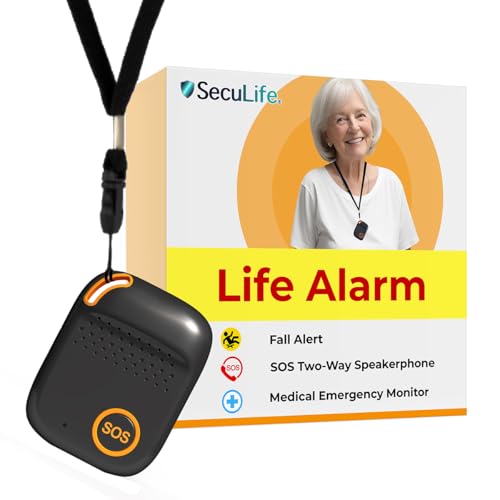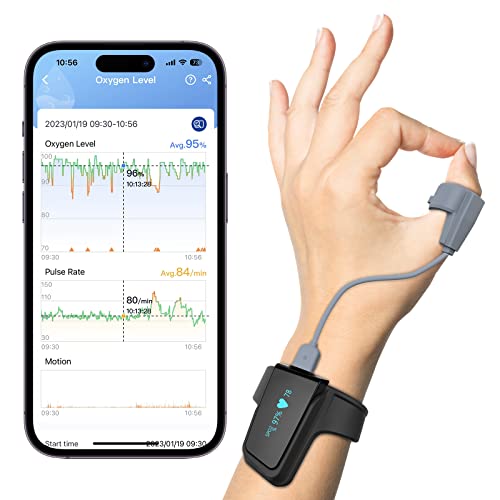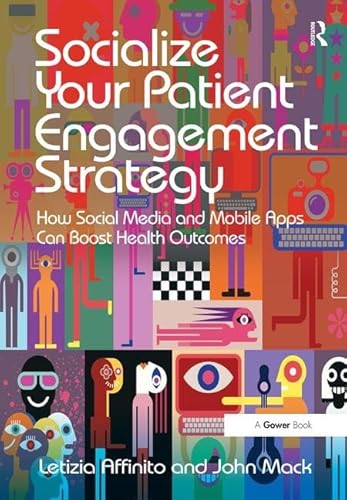


The Rise of Virtual Checkups
The healthcare industry has undergone a significant transformation over the past few years, with virtual checkups emerging as a popular alternative to traditional in-person visits. This section will delve into the driving forces behind this trend and shed light on how technology and accessibility are reshaping patient care.
Impact of the COVID-19 Pandemic on Telehealth Adoption
The COVID-19 pandemic acted as a catalyst for the rapid adoption of telehealth services. As lockdowns and social distancing measures were implemented worldwide, healthcare providers were prompted to pivot toward virtual care options to continue serving their patients. Key statistics reveal the dramatic shift:
Telehealth offered a solution to patients who hesitated to visit healthcare facilities due to fear of virus exposure, making it an essential component of the healthcare response during this unprecedented time.
Advancements in Technology
The rise of virtual checkups has been greatly facilitated by technological advancements. Numerous platforms and tools have emerged, allowing healthcare providers to offer seamless, high-quality care from the comfort of their patients’ homes. Some notable technologies include:
These technological innovations have enhanced the experience of virtual checkups, making them more accessible and reliable.
Increasing Demand for Accessible Healthcare Services
As healthcare becomes more consumer-driven, patients are seeking services that fit their busy lifestyles. The trend toward virtual checkups is driven by several factors, including:
Benefits of Virtual Checkups
| Benefit | Description |
|---|---|
| Cost-Effective | Many telehealth services are less expensive than traditional visits. |
| Improved Access | Virtual checkups enable patients in rural or underserved areas to access healthcare. |
| Comfort & Privacy | Patients can receive care in their own homes, reducing anxiety. |
These benefits appeal to a broad population, from busy professionals to individuals living in remote areas.
Platforms and Tools for Virtual Consultations
A plethora of platforms have emerged to facilitate telehealth, offering different features and specialties. Understanding the options available can help patients make informed choices. Here are some prominent platforms:
1. Amwell
2. Teladoc
3. HealthTap
4. MDLive
By exploring these platforms, patients can find a service that aligns with their healthcare needs, enhancing their overall experience with virtual checkups.
The combination of shifting patient preferences, technological advancements, and the urgency brought on by the pandemic has firmly established virtual checkups as a key aspect of modern healthcare. As these services continue to evolve, they hold the potential to make healthcare more equitable and accessible for all.



Benefits of Virtual Checkups
The advent of digital health technology has revolutionized the way we perceive healthcare, making medical consultations more accessible than ever. Virtual checkups are not only convenient, but they also offer a host of advantages that cater to a diverse population. Below, we delve into the multiple benefits of virtual checkups, illustrating their impact on patient care with practical examples.
Convenience at Your Fingertips
One of the most significant advantages of virtual checkups is the sheer convenience they offer. No longer do patients need to travel to a clinic waiting for their turn; instead, they can consult healthcare providers from the comfort of their homes. This is particularly beneficial for:
Using platforms like Teladoc, individuals can easily schedule appointments via an app or website, leading to hassle-free visits with their healthcare providers.
Time Savings
Time is a valuable commodity, and virtual checkups significantly reduce the time spent on healthcare visits. Traditional office visits can be time-consuming due to:
With virtual checkups:
For instance, Amwell, a telehealth service, offers various services that provide prompt consultations without unnecessary delays, allowing patients to see a physician quickly.
Reduced Exposure to Illnesses
In our increasingly health-conscious society, particularly highlighted during the COVID-19 pandemic, reducing exposure to communicable diseases has become paramount. Virtual checkups minimize the need for physical presence in a clinical environment, thereby:
Utilizing virtual platforms like MDLIVE, individuals can access psychic health services while maintaining safety, demonstrating how remote options can keep infections at bay.
Expanded Access to Specialists
Virtual checkups significantly expand access to medical specialists, particularly for those in remote areas or with mobility issues. This advantage is illustrated by how:
For example, Doxy.me is a platform used increasingly by specialists to provide seamless connections for patients who otherwise might not have access to expert care due to geographic limitations.
Enhanced Care with AI Health Assistants
One of the emerging trends in telehealth is the integration of Artificial Intelligence (AI) in enhancing the virtual checkup experience. AI Health Assistants like Ada Health can play a crucial role by:
By utilizing AI technology, healthcare providers can offer a more comprehensive and informed diagnosis, thus enhancing the overall virtual appointment experience.
Key Benefits of Virtual Checkups
| Benefit | Explanation |
|---|---|
| Convenience | Consult healthcare providers from home, avoiding travel and waiting rooms. |
| Time Savings | Shorter appointment durations and no travel time mean more efficient care. |
| Reduced Exposure to Illnesses | Minimized risk of catching viruses or infections by avoiding clinic environments. |
| Expanded Access to Specialists | Access to specialist care for rural or mobility-challenged individuals who would otherwise struggle. |
| Enhanced Care with AI | AI tools like Ada Health can provide symptom tracking, thus offering personalized consultations. |
Overall, virtual checkups present a myriad of benefits aimed at simplifying healthcare access, saving time, and enhancing the overall patient experience. With the continued evolution of telehealth technology and services, such as those offered by Teladoc, Amwell, MDLIVE, Doxy.me, and Ada Health, patients are empowered to take control of their healthcare journey in innovative and effective ways.



Challenges of Virtual Checkups
While virtual checkups have gained popularity as a convenient alternative to traditional medical appointments, they come with a unique set of challenges. Understanding these limitations is crucial for both patients and providers to navigate the nuances of remote healthcare effectively. Below are several key challenges associated with virtual checkups.
Technical Difficulties
One of the most significant hurdles in virtual healthcare is technical issues that can hinder the patient-provider interaction.
Lack of Physical Examination
A crucial element of effective healthcare is the ability to conduct thorough physical examinations, which can be significantly limited in a virtual setting.
Data Privacy and Security Concerns
With increasing reliance on technology, data privacy and cybersecurity pose substantial challenges for virtual checkups.
Suitability of In-Person Evaluations
While virtual checkups provide access to care, certain medical conditions still require in-person evaluations for accurate diagnosis and treatment.
A Balanced Approach to Healthcare
Given these challenges, it’s clear that a balanced approach to healthcare is vital. While virtual checkups offer undeniable benefits—such as convenience and accessibility—they should not replace in-person evaluations when needed. Healthcare providers and patients together must consider individual circumstances and the nature of the medical issue when deciding on the best mode of consultation. Exploring a hybrid approach can help ensure both convenience and comprehensive care.
Assessing the Benefits and Limitations of Each Approach
In conclusion, the debate between virtual and in-person checkups reveals that both options come with unique benefits and challenges. Virtual checkups offer convenience and accessibility, making them ideal for routine consultations, while in-person visits provide comprehensive examinations and the personal touch of direct interaction. Ultimately, the choice between the two should be guided by individual health needs, personal preferences, and the specific context of medical concerns. By carefully considering these factors, individuals can make informed decisions that best suit their circumstances and optimize their healthcare experience.



Leave a Reply